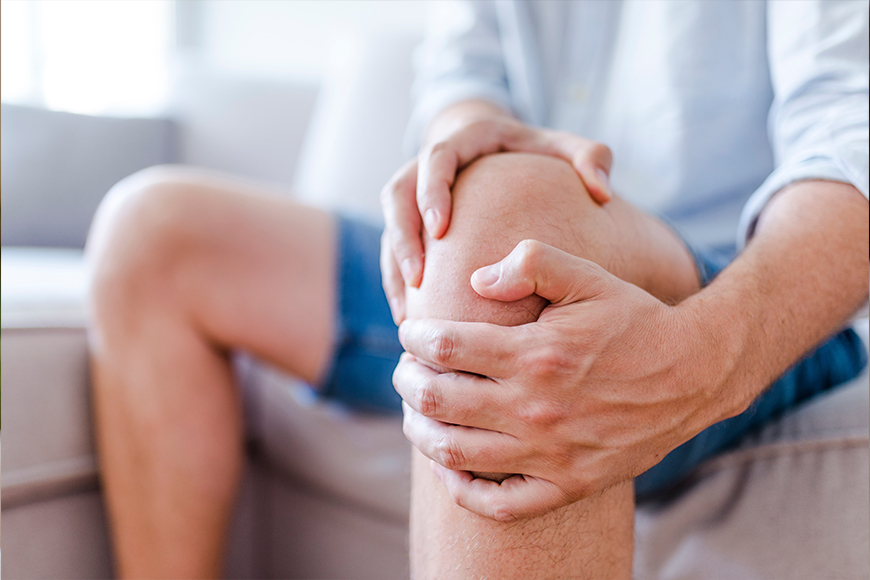People of all ages commonly complain about knee discomfort. An injury, such as a torn ligament or damaged cartilage, may cause knee discomfort. Knee discomfort can also be brought on by illnesses including arthritis, gout, and infections. Numerous mild knee pain conditions respond effectively to self-care techniques. Knee braces and physical therapy are additional methods for pain relief. But occasionally, your knee could need to be surgically repaired.
The knee is a delicate joint that experiences significant stress from routine tasks like lifting and kneeling as well as from high-impact exercises like jogging and aerobics.
The following components conspire to form the knee:
- This is the shin bone or larger bone of the lower leg.
- This is the thighbone or upper leg bone.
- This is the kneecap.
A layer of cartilage covers the ends of each bone, absorbing shock and safeguarding the knee. Essentially, the knee is made up of two lengthy leg bones that are joined by tendons, ligaments, and muscles. The quadriceps muscles, which are found on the front of the thighs and straighten the legs, and the hamstring muscles, which are found on the back of the thighs and bend the leg at the knee, are two sets of muscles that work together in the knee.
Tendons are strong tissue strands that attach muscles to bones. Ligaments are elastomeric tissue bands that join one bone to another. Some ligaments in the knee protect and stabilize the joints, while others prevent the tibia from moving forward or backward (shin bone).
Depending on the underlying source of the issue, the location and intensity of knee pain may differ. Indicators and symptoms that can go together with knee discomfort include:
- Stiffness and swelling
- Warmth and redness at the touch
- Instability or fragility
- Noises of popping or crunching
- Knee cannot be fully straightened







